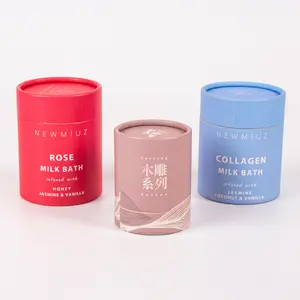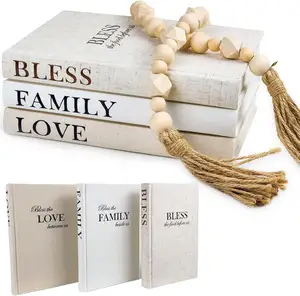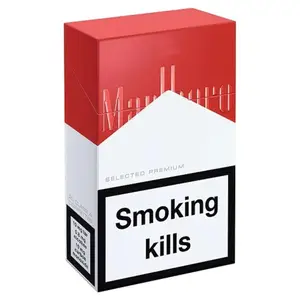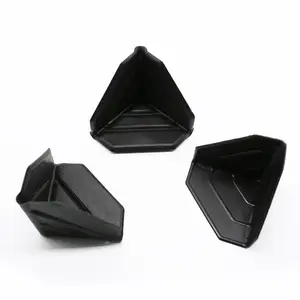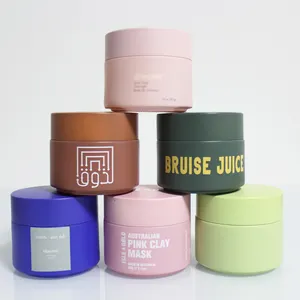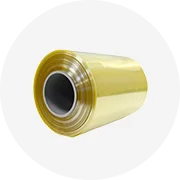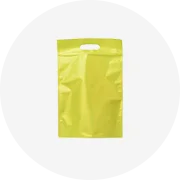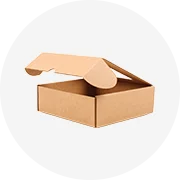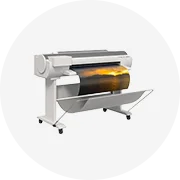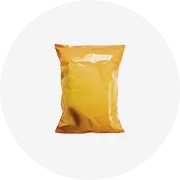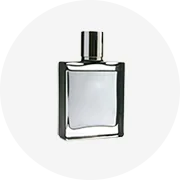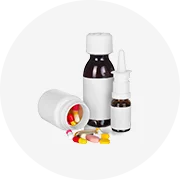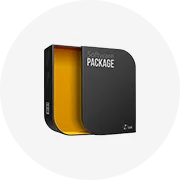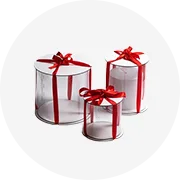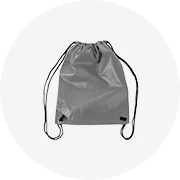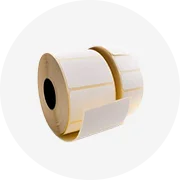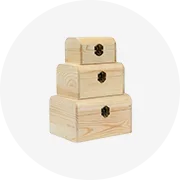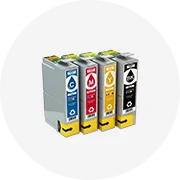Phổ biến trong ngành của bạn





Bộ Lọc Ống Tiêm Giá Vô Trùng 0.22 Um Bộ Lọc Ống Tiêm Từ Nhà Máy
0,15 US$ - 0,50 US$
Đơn hàng tối thiểu: 1 Cái







Ống Tiêm Y Tế 1Ml Được Chứng Nhận ISO CE Ống Tiêm 3Ml Ống Tiêm 5Ml 10Ml 20Ml 60Ml Nắp Khóa Bằng Nhựa
0,01 US$ - 0,15 US$
Đơn hàng tối thiểu: 10000 Cái







13 mét 47 mét mce syringe lọc needles luer may mắn
Sẵn sàng vận chuyển
25,30 US$ - 35,90 US$
Đơn hàng tối thiểu: 10 Gói
Vận chuyển mỗi chiếc: 6,31 US$







Bán Hot Ống Tiêm Nhà Sản Xuất Luer Khóa 1Ml 3Ml 5Ml Ống Tiêm Dùng Một Lần Với Kim
0,01 US$ - 0,15 US$
Đơn hàng tối thiểu: 10000 Cái







Đầu Kim Bằng Thép Không Gỉ Chính Xác Dùng Để Pha Chế Chất Kết Dính Ống Tiêm Phụ Kiện Ống Tiêm Chấp Nhận Tùy Chỉnh
0,06 US$
Đơn hàng tối thiểu: 1 Bộ







Dental Disposable Pre-bent syringe Tips 18G 20G 22G 25G Prebent Needle
1,29 US$ - 1,53 US$
Đơn hàng tối thiểu: 1000 Túi






Ống Tiêm Thú Y Phẫu Thuật Động Vật Bằng Thép Không Gỉ 14G 16G 18G 20G
0,05 US$ - 0,30 US$
Đơn hàng tối thiểu: 1000 Cái






Cettia Kd403 Nhà Máy Giá Ked 16G 18G 20G Thú Y Cụ Luer Khóa Dày Ống Tiêm Kim Cho Động Vật
0,62 US$ - 0,72 US$
Đơn hàng tối thiểu: 600 Hộp






Kim Tiêm dùng một lần y tế 18g 20g 21g 22g 23g 25g Kim Tiêm dưới da an toàn
0,01 US$ - 0,06 US$
Đơn hàng tối thiểu: 100000 Cái






Y Tế Vô Trùng Dùng Một Lần Tiêm Tiêm Kim Dùng Một Lần Kim 18G 20G 22G 24G Cho Thú Y Tiêm
0,03 US$ - 0,04 US$
Đơn hàng tối thiểu: 30000 Cái






Gia Cầm Chăn Nuôi Kim Tiêm Chủng Kim Loại Kim Tiêm Thép Không Gỉ Thú Y
Sẵn sàng vận chuyển
1,10 US$
Đơn hàng tối thiểu: 1 Cái
Vận chuyển mỗi chiếc: 3,86 US$

Kim Tiêm Thú Y WJ314 (14G,15G,17G,18G,20G,22G), Cung Cấp Kim Tiêm Kim Loại Dê
0,055 US$ - 0,125 US$
Đơn hàng tối thiểu: 10000 Cái






Thú Y ống tiêm kim thép không gỉ tiêm kim 7g-20g với hình vuông hình chữ nhật trung tâm tròn
0,10 US$ - 1,20 US$
Đơn hàng tối thiểu: 10000 Cái






Kim Tiêm Gia Cầm Kim Loại Kim Tiêm Thú Y Bằng Thép Không Gỉ Kim Tiêm Cho Gia Súc
Sẵn sàng vận chuyển
1,10 US$
Đơn hàng tối thiểu: 1 Cái
Vận chuyển mỗi chiếc: 3,86 US$






Kim Tiêm Thú Y Kim Tiêm Động Vật Bằng Thép Không Gỉ Tái Sử Dụng Kim Tiêm Thú Y
0,05 US$
Đơn hàng tối thiểu: 10000 Gói



Factory Price Stainless Steel Liquid Needle with Side Hole
0,10 US$ - 0,50 US$
Đơn hàng tối thiểu: 1000 Cái






Tianck Dụng Cụ Y Tế Dùng Một Lần Kim Tiêm Hạ Lưu Chất Lượng Cao
0,10 US$ - 1,00 US$
Đơn hàng tối thiểu: 5000 Cái






Thông Số Kỹ Thuật Khác Nhau Ống Tiêm Tiêm Bằng Thép Không Gỉ Kim Với Khóa Luer Cho Lợn Gà Vịt Cừu Dê Gia Súc
1,22 US$ - 1,36 US$
Đơn hàng tối thiểu: 1 Hàng tá






Kim tiêm thép không gỉ 20g, kim tiêm thú y 16G, kim tiêm thú y 14g 12g
0,03 US$ - 0,05 US$
Đơn hàng tối thiểu: 1000 Cái






2ml ống tiêm 2cc ống tiêm dùng một lần với kim 20g ~ 30g CE ISO13485
0,02 US$ - 0,025 US$
Đơn hàng tối thiểu: 200000 Cái





Bán Toàn Bộ Ống Tiêm Y Tế Ống Tiêm Thú Y Ống Tiêm Dưới Da Bằng Thép Không Gỉ Kim Loại Cho Động Vật
0,05 US$ - 0,30 US$
Đơn hàng tối thiểu: 1 Cái



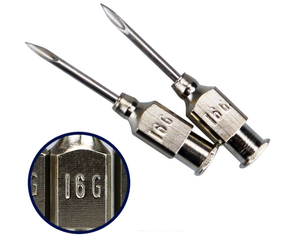

Chất Lượng Cao Thép Không Gỉ Kim Phun Gia Cầm Thú Y Kim Loại Thú Y Chăn Nuôi Tiêm Phòng Ống Tiêm Kim Tiêm
1,19 US$ - 1,39 US$
Đơn hàng tối thiểu: 10 Hộp






Ống Tiêm Tự Động Liên Tục Ống Tiêm Điều Chỉnh Động Vật Kim Tiêm Vắc-xin Bền Cho Gia Cầm Gà Gia Cầm Thú Y
0,332 US$ - 0,579 US$
Đơn hàng tối thiểu: 10 Cái






Dùng Một Lần 14G EO Vô Trùng PE Gói An Toàn Hypodermic Needle 14G
0,0249 US$ - 0,30 US$
Đơn hàng tối thiểu: 10000 Cái






Ống Tiêm Kim Tiêm Chất Lượng Hàng Đầu Ống Thông Siêu Nhỏ 25G 20G 25Mm 38Mm Không Gỉ
0,01 US$ - 0,20 US$
Đơn hàng tối thiểu: 500 Cái






Kim Tiêm Dưới Da Thú Y Kim Trung Tâm Nhôm Có Một Trung Tâm Nhôm Cho Độ Bền Đóng Gói Cứng Nhắc.
0,02 US$ - 0,06 US$
Đơn hàng tối thiểu: 100000 Cái



CE ISO OEM Vaccine Syringes With Safety Needle Safety Syringe
0,30 US$ - 0,90 US$
Đơn hàng tối thiểu: 100 Cái






Cettia kd402 tiêm y tế thú y ống tiêm thép không gỉ dưới da Kim cho động vật
0,50 US$ - 0,58 US$
Đơn hàng tối thiểu: 600 Hộp




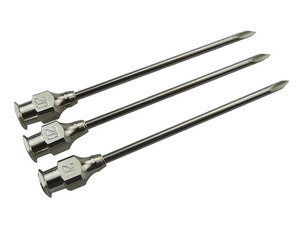

3/8 "19G Kim Tiêm Dưới Da Thú Y Kim Tiêm Động Vật Kim Thú Y
0,40 US$ - 0,48 US$
Đơn hàng tối thiểu: 1200 Hộp
Vận chuyển mỗi chiếc: 18,02 US$






Tianck Cung Cấp Nhà Sản Xuất Y Tế Kim Tiêm Siêu Nhỏ Dùng Một Lần Kim Đâm
0,10 US$ - 1,00 US$
Đơn hàng tối thiểu: 5000 Cái






Chất lượng cao thú y thép không gỉ tiêm ống tiêm kim thú y kim y tế dùng một lần dưới da cho bác sĩ thú y phòng khám
0,03 US$ - 0,04 US$
Đơn hàng tối thiểu: 30000 Cái






Cettia kd403 16G thú y thép không gỉ kim cho tự động tiêm ống tiêm
0,60 US$ - 0,72 US$
Đơn hàng tối thiểu: 600 Hộp






Sharp y tế vô trùng nhựa ống tiêm thú y động vật Vẹt cong ống tiêm kim với vòi phun luer khóa luer trượt
0,03 US$ - 0,04 US$
Đơn hàng tối thiểu: 30000 Cái





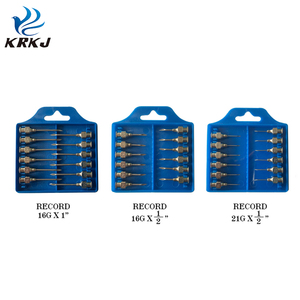
Cettia Kd403 Biểu Tượng Tùy Chỉnh Trang Trại 16G 21G Động Vật Liên Tục Ống Tiêm Tiêm chủng Kim Cho Bò Cừu Lợn
0,62 US$ - 0,714 US$
Đơn hàng tối thiểu: 600 Hộp






Thú Y Ống Tiêm Kim Với Dùng Một Lần Ống Tiêm Luer Khóa Luer Trượt Injector Cho Cừu Lợn Gia Súc
0,03 US$ - 0,04 US$
Đơn hàng tối thiểu: 30000 Cái






20 Gam Pink Màu Sắc 1/2 "PP Linh Hoạt Nhựa Ống Tiêm Phân Phát Bơm Kim
0,09 US$ - 6,16 US$
Đơn hàng tối thiểu: 200000 Cái






Ce ISO13485 dưới da kim 27g tiêm kim ống tiêm kim 16G 18g 20g 21g 22g 23g 24g 25g 26g 27g
0,0096 US$ - 0,017 US$
Đơn hàng tối thiểu: 100000 Cái






Ce được phê duyệt dùng một lần vô trùng ống tiêm luer khóa 20 gam ống tiêm kim
0,13 US$ - 0,15 US$
Đơn hàng tối thiểu: 1000 Hộp




Miễn phí Vận Chuyển 0.5 '' 1/2 Inch 20 Gam Top-Rated Pink Màu Sắc Syringe Needle
0,07 US$
Đơn hàng tối thiểu: 100 Cái






Bán Buôn OEM Thép Không Gỉ 12G 14G 16G 18G 20G 22G 24G Động Vật Tiêm Kim Thú Y Ống Tiêm Kim
0,06 US$ - 0,10 US$
Đơn hàng tối thiểu: 1000 Cái
Các danh mục hàng đầu
Giới thiệu về kim tiêm 20g
Alibaba.com cung cấp các sản phẩm 515 kim tiêm 20g. Có rất nhiều kim tiêm 20g lựa chọn dành cho bạn, chẳng hạn như pp, pe, và pvc. Bạn cũng có thể chọn từ class iii, class ii, và class i kim tiêm 20g. Cũng như từ dùng một lần kim tiêm 20g. Và bất kể kim tiêm 20g là iso13485, tuv, hay ccc.
